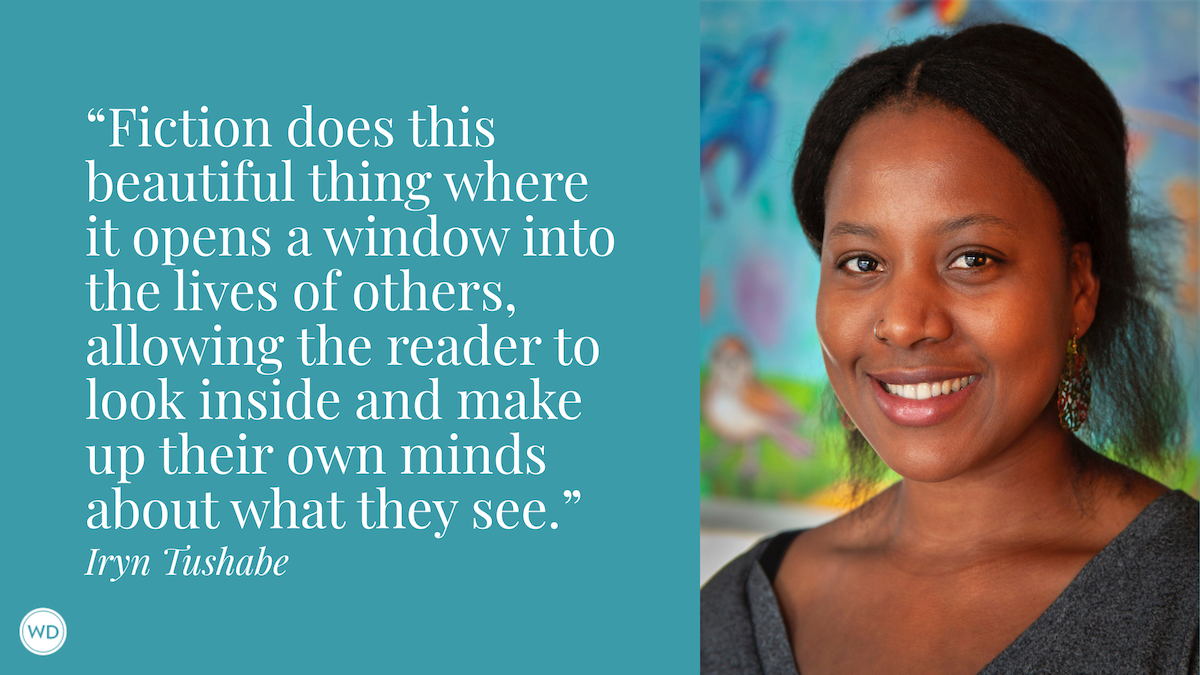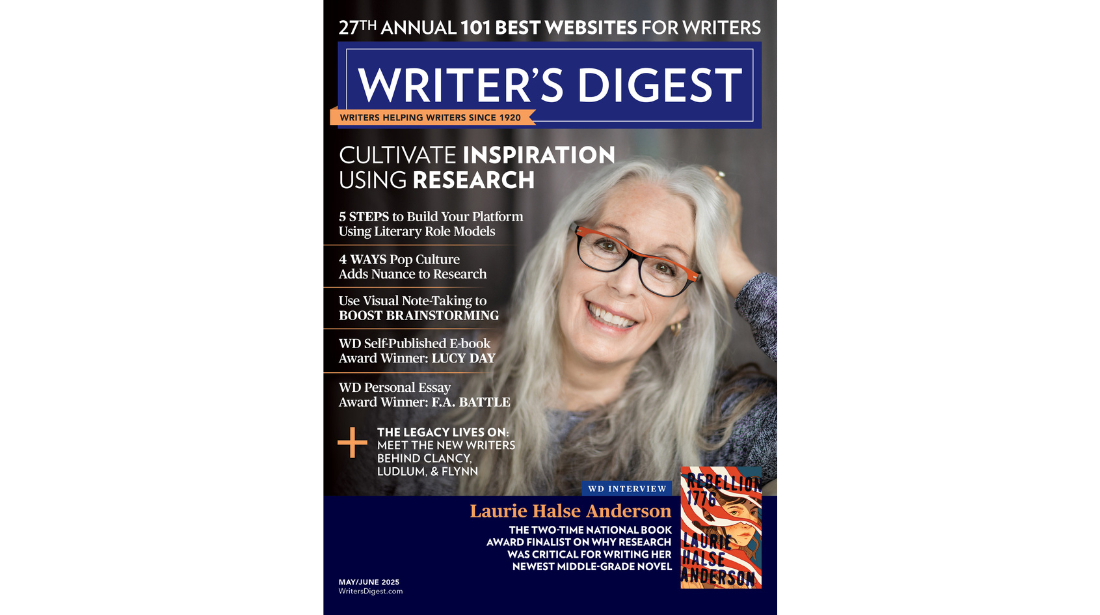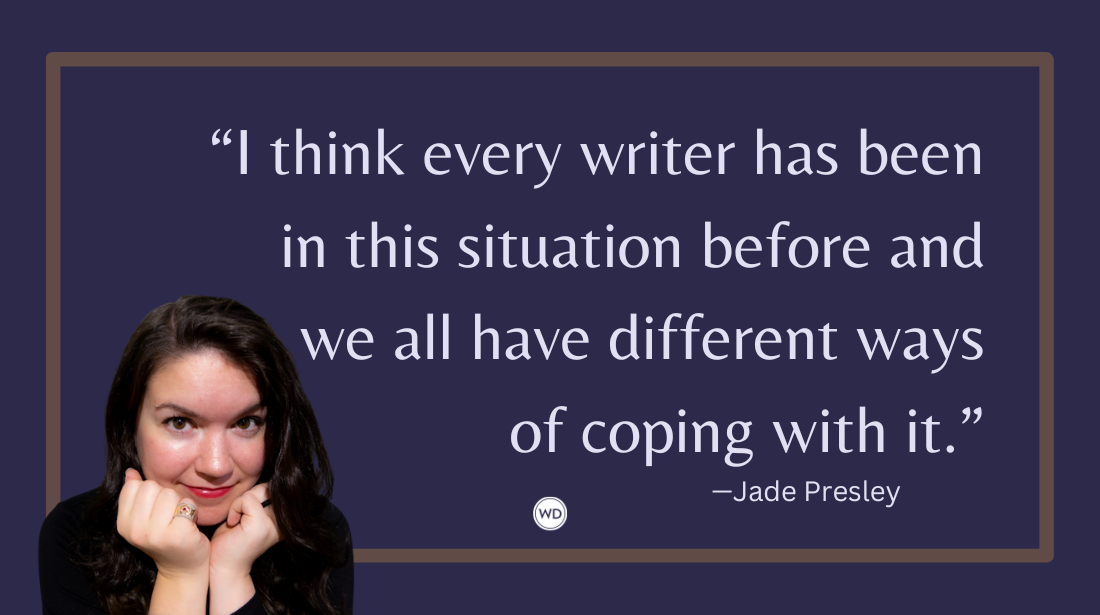7 Inside-the-Box Publishing Rules That Writers Can Break (Or, at the Very Least, Bend)
WD senior editor Robert Lee Brewer shares publishing rules that are more like guidelines or best practices in this column from the Jan/Feb 2023 issue of Writer’s Digest.
Publishing is a funny business. In many ways, it has very specific rules that writers must follow if they want to find success … that is, except for the times when they don’t follow those rules and still find success.
As such, I want to share a few very common publishing rules that have helped many writers find success—but that have also been broken by several successful writers who found their own path. Each of these rules is great advice on paper, but sometimes they’re not practical for every person in the real world. Follow them, or don’t.
Rule #1: Read. A lot.
I frequently ask published authors for their top piece of advice for other writers, and the most common responses are along the lines of “write every day” and “read, read, read (and then, read some more).” And it’s sound advice to read, for sure—with listening to audio books counting as a form of reading too. Reading is a great way of learning the craft of writing, and smart writers read contemporary authors in their genre to have an understanding of what’s happening in the market.
So yes, reading is a good thing, but don’t feel like you have to read at the expense of your writing. This is especially true for people with maxed-out schedules. If you have one hour and a story to tell, write your story—and don’t feel guilty that you’re not reading all the books. My TBR list is epic (and keeps growing), but writing is what feeds my soul and makes me a writer in the first place.
Rule #2: Write. Every. Day.
OK, let me get personal with you: I write almost every single day. It’s something that I just have to do. And many novelists who crank out a book (or more) each year have expressed they do the same. It’s a great habit if you’re built for it, and 100 words a day adds up to more than 35,000 in a year if you write them daily.
However, not every successful writer adheres to this method. Instead, they may write a couple of times a week, once a week, or during intense weekends or week-long retreats. There’s no magic formula for the act of writing. So don’t feel guilty if you only write on vacation or during the full moon or whenever happens to be your time to set pen to paper (or fingers to keys).
Rule #3: Build a platform.
A writing platform is a writer’s reach to publishing industry professionals and their target audience. Common ways that writers build platforms include building a website, getting active on social media, sending out email newsletters, landing bylines in print and online publications (which sometimes is the end goal in and of itself, right?), as well as other strategies. The act of building a platform can help propel a writer’s publishing career, because it helps quantify an author’s chances of making big-time (or at least adequate) book sales.
Yet, there are successfully published writers who eschew the whole game of building platforms in favor of writing compelling stories, poems, and nonfiction. As with excessive reading, the act of building a platform can wear a writer down and eat into the time a writer needs to actually write.
Rule #4: Follow submission guidelines.
Editors and agents spend a lot of time crafting their submission guidelines because they know what they want from writers and how they want it. As such, it would behoove any writer looking to get published or represented to follow these guidelines as closely as possible. If they say query via email without attachments, then don’t think you can be the exception to this rule (because that editor or agent probably deletes every unsolicited email with an attachment).
In this case, writers shouldn’t completely break the rules. Instead, they should follow the directions. That said, most guidelines still leave plenty of room for your unique voice to illuminate your submission. But be subtle. Agents and editors won’t appreciate funky fonts or wild proclamations about being the next big thing (eye roll); believe it or not, that’s unfortunately not a unique tactic.
Rule #5: Grow thick skin.
Many publishing professionals, including successful writers, advise that writers must grow thick skin to find success in publishing. That is, publishing is a business built on the concept of constant rejection and criticism—even for the most successful writers. As a result, writers must have a thick skin to find success … or so they would have you believe.
The longer I work in publishing (more than two decades, if anyone’s counting), I realize that having a thick skin really doesn’t matter at all. Sure, it might help avoid some awkward situations, but it’s only human to react to rejection and critique. If your thin skin is easily pierced, that’s OK (even if it’s not OK)—the real question is: Can you dress that wound and move on to the next submission? I believe in fist pumps for successes and barbaric yawps for misses, but then, I push the reset button and get back at it.
Rule #6: Network with other writers and publishing pros.
Networking with other writers is a super-powered way to make very intimate and powerful connections with people who can influence the arc of your writing career for years and years. Some of the strongest connections are made during in-person events like writing conferences, conventions, retreats, book festivals, and bookstore events. Writing events always charge up my creativity, but …
On the Myers-Briggs Type Indicator, I identify as an INFJ, which means I’m introverted and empathetic. So, I totally empathize with writers who find the act of networking completely draining and, well, terrifying. I won’t even start to identify all the authors I “know” online that I was too frightened to say a simple “hello” to in person. That said, I love it when writers start talking to me (INFJs are often considered extroverted introverts).
If you find yourself on the introverted spectrum (or have limited opportunities to network in your area), consider using social media as a way to make connections. Social media allows for more measured and thoughtful responses while still connecting with people in a meaningful way about things you care about—including writing and publishing.
Rule #7: Study the markets.
If you write young adult fantasy, it makes sense for you to know what other books released in that category are doing, especially in the past two to three years. The same goes for adult science fiction, middle-grade horror, and well, any genre. If you know what’s happening in the market, then you can understand what is doing well in the market—and identify ways to carve a unique niche. Plus, it helps to know your contemporaries after you get published (and if you want to do any of that networking).
Still, studying the markets can present a couple of traps for writers. First, it can turn into an endless rabbit hole of reading (see Rule #1). Second, studying the markets can easily transform into chasing trends, which is never a good place to be in publishing. That’s because once a trend develops, it’s likely to run its course before you can write a book and get it published. If you study the markets, use that knowledge as a GPS for where your writing fits in the category—don’t make it your true north.
Bottom line: You can break any rule you wish—as long as you’re being honest with yourself about why you’re breaking the rule. Are you taking the easy way out, or are you making a whole new route others will want to follow?
Robert Lee Brewer is Senior Editor of Writer's Digest, which includes managing the content on WritersDigest.com and programming virtual conferences. He's the author of 40 Plot Twist Prompts for Writers: Writing Ideas for Bending Stories in New Directions, The Complete Guide of Poetic Forms: 100+ Poetic Form Definitions and Examples for Poets, Poem-a-Day: 365 Poetry Writing Prompts for a Year of Poeming, and more. Also, he's the editor of Writer's Market, Poet's Market, and Guide to Literary Agents. Follow him on Twitter @robertleebrewer.








